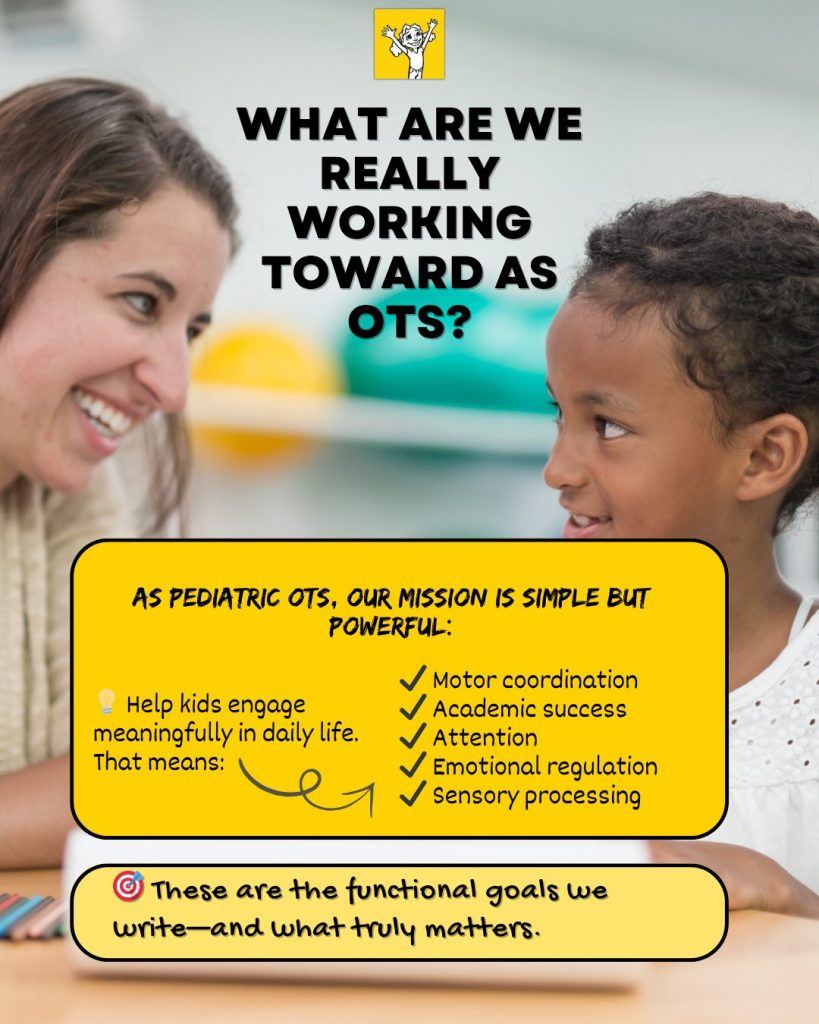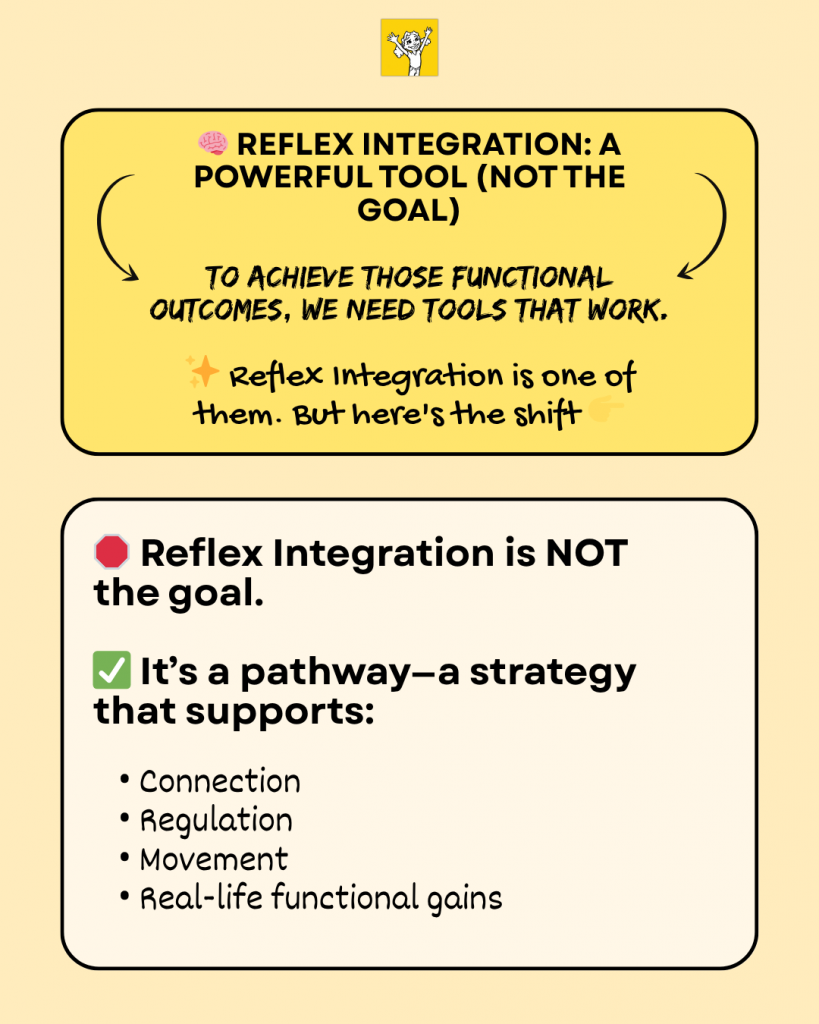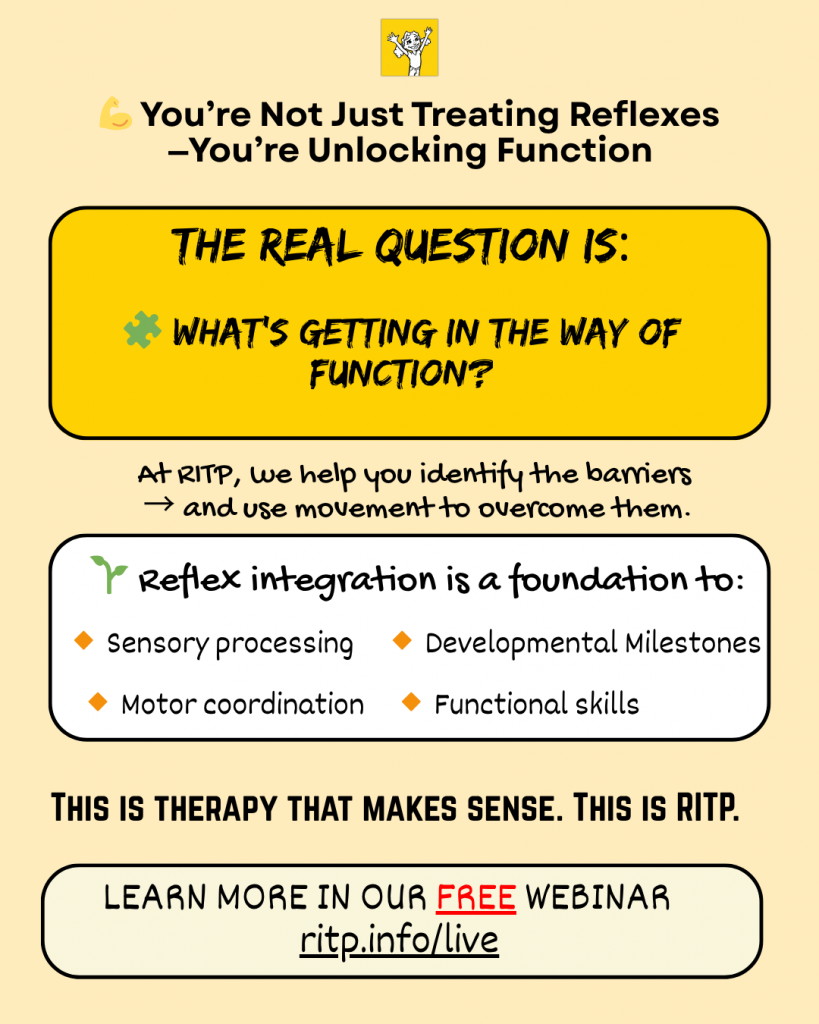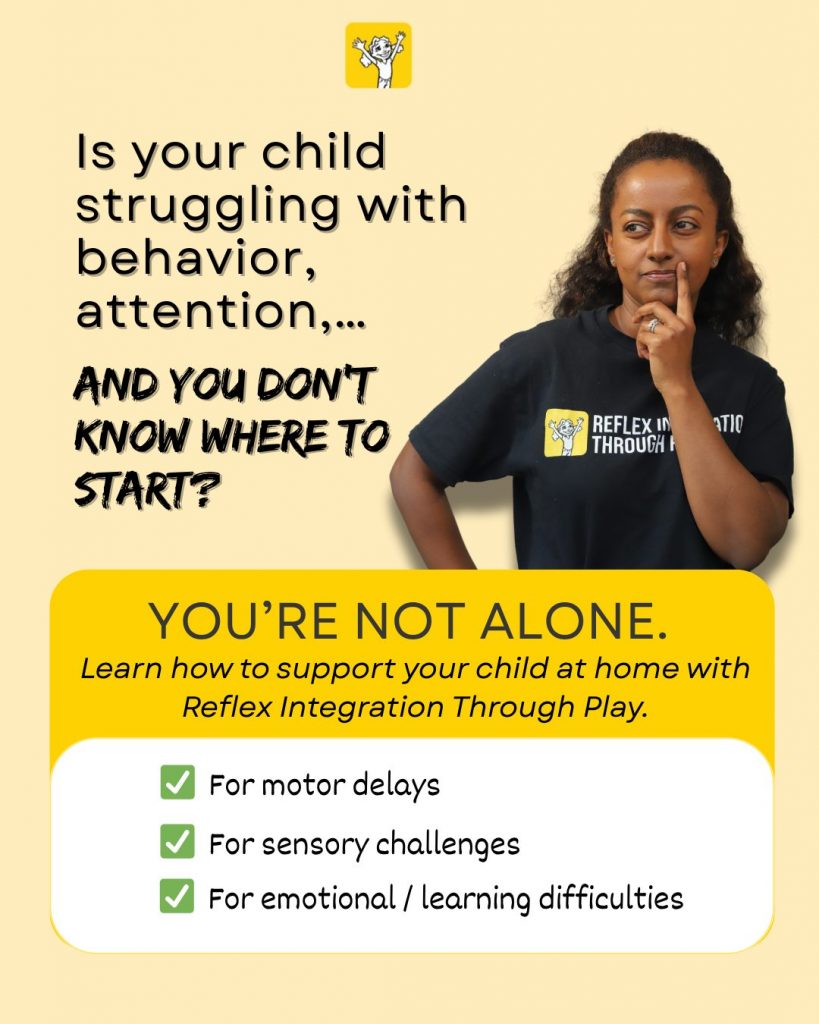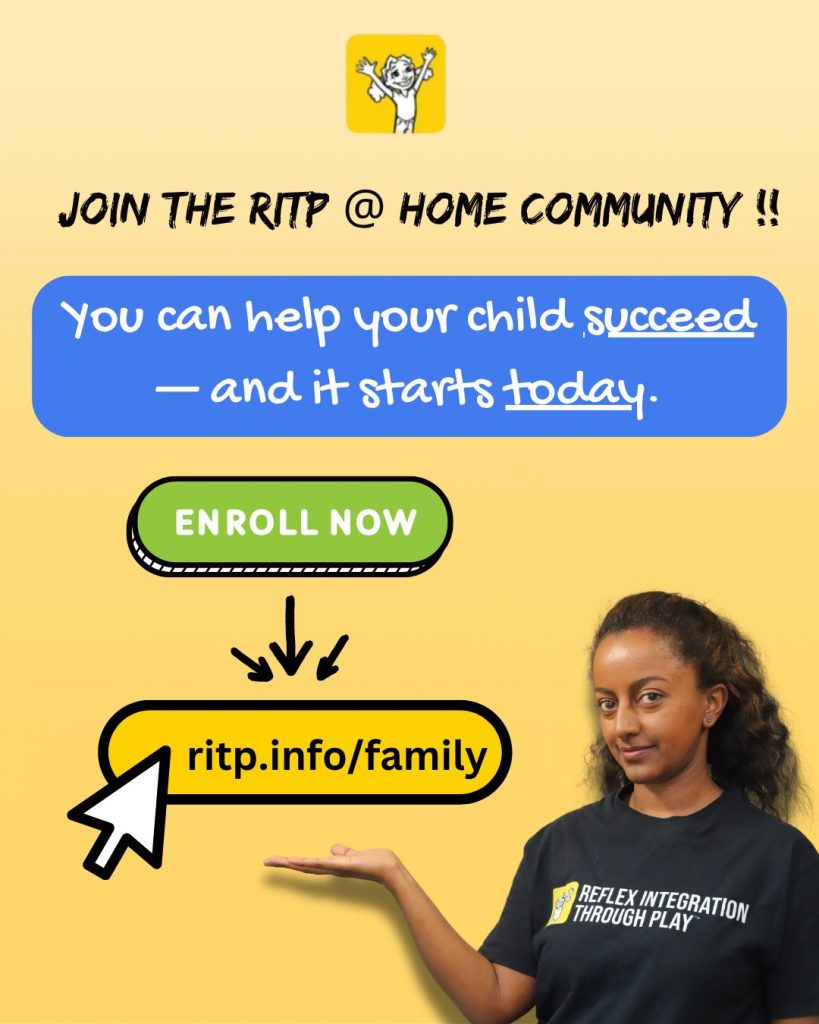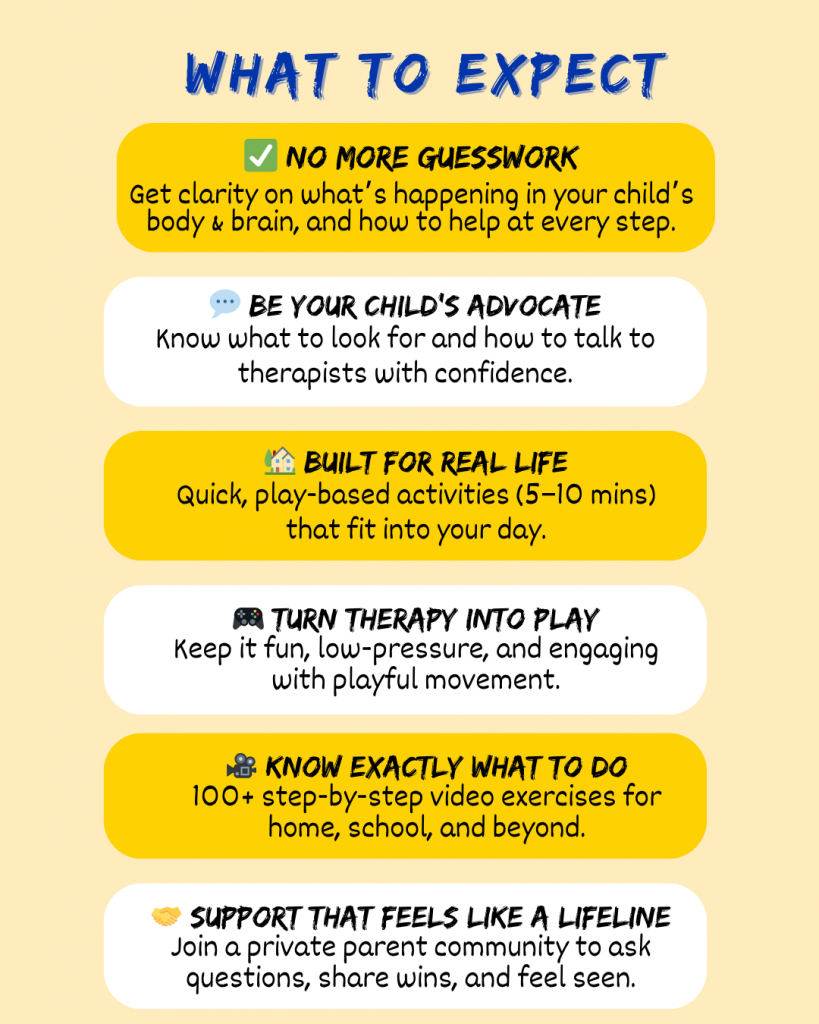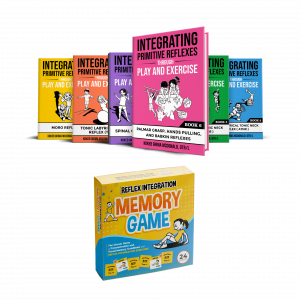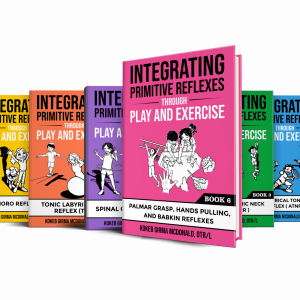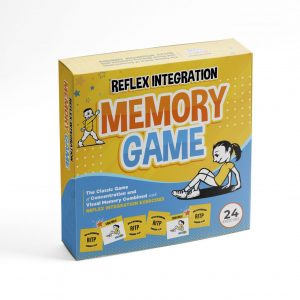When we hear the word “vision,” most of us immediately think of how clearly we can see—the standard 20/20 eyesight. But what if we told you that perfect visual acuity doesn’t guarantee functional vision? And more importantly, that children can pass a vision screening at school and still struggle with reading, focus, and behavior—all because their visual system isn’t working efficiently?
In this powerful episode of the Reflex Integration Through Play podcast, Kokeb McDonald opens our eyes to a major blind spot in pediatric development: functional vision.
Beyond the Eye Chart: What Is Vision, Really?
Vision isn’t just about seeing clearly—it’s about how the eyes work together and how the brain processes what’s being seen. Kokeb breaks it down into three critical components:
- Acuity – how sharp or clear the image is
- Efficiency – how well the eyes move, focus, and coordinate
- Processing – how the brain makes sense of the visual input
A child may have 20/20 eyesight and still experience poor visual tracking, eye teaming challenges, or trouble with visual memory and spatial awareness—all of which directly impact learning and behavior.
Real-Life Signs You Might Be Missing
Kokeb shares practical examples and behaviors that often signal deeper visual issues, like:
- Skipping lines or losing place while reading
- Covering one eye or tilting the head
- Avoiding visually demanding tasks
- Poor handwriting or difficulty copying from the board
- Fatigue, frustration, or zoning out in class
Shockingly, research shows that 1 in 4 children has an undiagnosed vision problem. And many of these children are misdiagnosed with attention issues or learning disabilities when, in reality, their visual system is simply overwhelmed.
The Reflex-Vision Connection
Primitive reflexes—automatic movement patterns from infancy—play a foundational role in visual development. When these reflexes don’t integrate fully, they can interfere with the body’s ability to control eye movement and visual processing.
Kokeb dives into reflexes like the ATNR (Asymmetrical Tonic Neck Reflex), TLR (Tonic Labyrinthine Reflex), and Palmar Reflex, explaining how each one can affect visual tracking, convergence, and even midline crossing—a skill that’s not just motor-based but highly visual, too.
A Holistic Approach to Support Vision
For parents, therapists, and educators, recognizing visual inefficiencies is the first step. Kokeb encourages listeners to observe behavior through a visual lens and seek collaboration with developmental optometrists and vision therapists.
She also shares the RITP approach to supporting visual development through movement, play, and purposeful activities—highlighting just how powerful simple interventions can be in a child’s daily environment. From classroom-friendly tracking exercises to playful convergence challenges, movement breaks become more than just a reset—they’re visual training in disguise.
Personal Reflection: A Wake-Up Call for Therapists
In a candid moment, Kokeb reflects on her early days as an occupational therapist and how vision wasn’t on her radar. It wasn’t until later in her career that she realized how many kids she worked with had undetected visual struggles—often labeled as behavioral issues or developmental delays.
Her story is a heartfelt reminder that what we don’t see can still be affecting the child deeply—and that looking at development through the lens of vision (and reflexes) can transform how we support children.
Learn & Lead with Confidence: Upcoming Training
Want to dive deeper? Kokeb invites you to her upcoming live training on August 29, part of the Visual Skills & Primitive Reflex Development Course. This interactive session will cover screening basics, movement-based supports, and how to integrate vision and reflex work into your practice—whether you’re a parent, therapist, or educator.
🎧 Tune in to Episode 28 now for a fresh perspective, real-world insights, and a deeper look at the “why” behind effective pediatric therapy.
And if you’re ready to take the next step, check out our certification and course offerings here: https://integratingreflexes.com/all-courses
Let’s grow together—with clarity, compassion, and the tools that truly make a difference.

